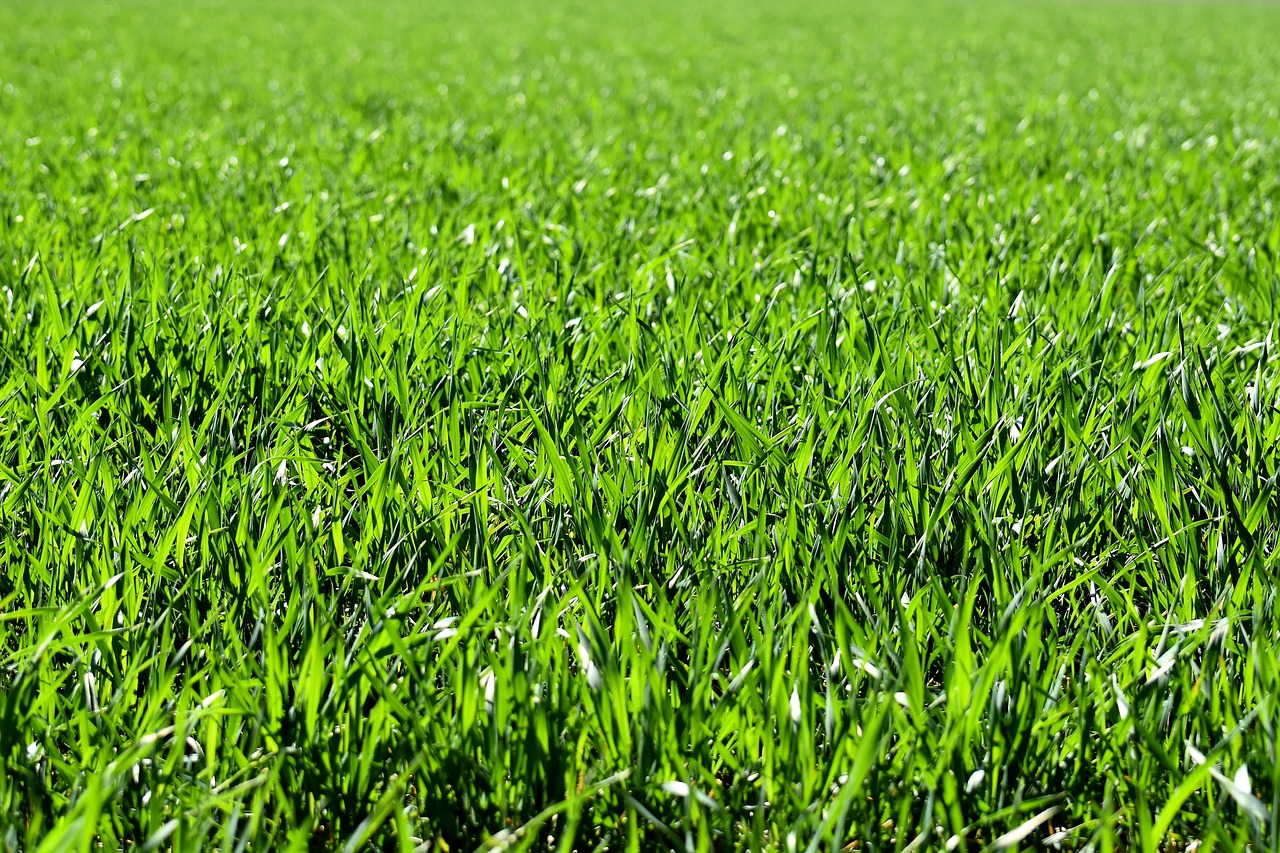See the pros and cons of centipedegrass, one of the most common lawn grasses in The Sunshine State.
An AskIFAS article for “ those producing and maintaining centipedegrass” shared that the grass variety is “well adapted to the climate and soils of Central and Northern Florida and is the most common home lawn grass in the Florida Panhandle” The piece also shared the advantages and disadvantages of the grass. See the details below.
Advantages of Centipedegrass
The article shared these benefits of centipedegrass:
- “Centipedegrass does well in acidic (pH 4.5–6.5) and infertile soils.
- “It has fair shade tolerance (requires more sunlight than St. Augustinegrass but less than bermudagrass).”
- “Survives drought conditions by going dormant, which results in brown turf.”
- “Maintenance and fertility requirements are low compared to other turfgrasses.”
Disadvantages of Centipedegrass
The article shared these disadvantages:
- “Centipedegrass is susceptible to damage from plant-parasitic nematodes (especially ring nematodes) and the scale insect known as ground pearls…”
- “Most cultivars have a naturally pale yellow-green color and are prone to iron chlorosis (yellowing of leaf blades).”
- “It has poor salt, wear, and freeze tolerance.”
- The grass’s “stolons have high lignin content, which resists breakdown and decay, and contribute to a heavy thatch layer, particularly when high nitrogen fertilization rates are applied.”
- “The grass is often subject to centipedegrass decline, a fungal disease caused by Gaeumannomyces graminisgraminis. The decline is influenced by improper management practices, particularly high nitrogen fertility.”
- “Intensive management over a period of multiple years may result in root dieback in the spring. This root dieback then reduces shoot growth and results in the death of large patches of the lawn. This condition is aggravated by thatch accumulation, resulting in new stolons growing above the soil surface and on top of the thatch layer. These stolons rarely root down and are prone to injury from drying and cold temperatures.” Management practices that can encourage root growth include irrigating properly, maintaining a mowing height of 1.5–2.5 inches, preventing thatch accumulation, and ensuring low nitrogen fertility rates.
See the full publication for information on topics like maintenance, fertilization, watering, mowing, and more.
Griffin Fertilizer is committed to helping both growers and ranchers make sound agronomic and economic decisions in order to maximize the health of their grove and pasture. As a full-service custom dry & liquid fertilizer blender and crop protection product distributor, we will continue our mission to further advance Florida agriculture. For questions -or concerns about your farm or pasture, contact us and one of our team will be in touch.

